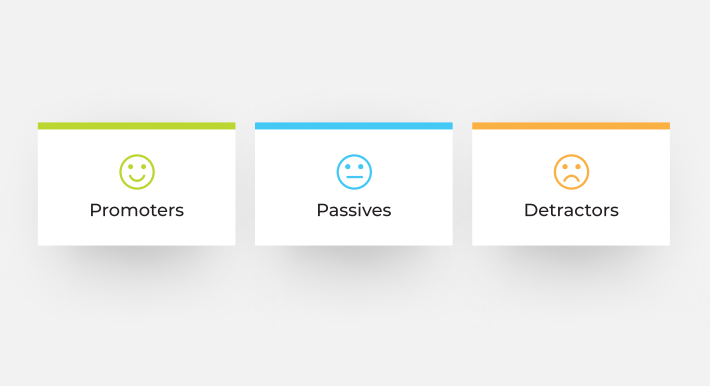Consumers love their phones, their tablets; all their mobile devices. Equally so, they love their apps and their games, whether anyone wants to admit to playing Candy Crush or not. In fact, research shows that the average person spends 90 minutes a day on their phone, totaling 23 full days a year*!

In the consumer arena, people are using their digital devices to interact with their favourite brands and retail stores. Consumers are using phones to find their nearest store location, compare costs between competitors and of course, purchase products online. As functionality of these devices improve; with bigger screens, faster internet, more data allowances; mobile capabilities will continue to increase. Current stats even show mobile digital media penetration in the US has overtaken desktop use**, which will only continue to accelerate.
There are obvious implications with this mass move to digital, and of importance to the modern commercial environment: if you’re not reaching your audiences through their primary mediums, you’re not targeting your customers right or making the most of the audience available to you. You’re also likely handing business to your competitors on a silver platter or not getting the most out of your staff.
Besides the obvious of making sure all your online platforms are looking swifty, are easy to use and are kept up to date, there are other ways businesses can jump on the digital bandwagon and use it to their commercial advantage. Over the past five or so years, we’ve seen the transition of mobile devices being used primarily for communication purposes, to more multi-functional uses, and now we have the chance to do something even more with them
"Consumers are using phones to find their nearest store location, compare costs between competitors and of course, purchase products online."
Knowledge is power and hopefully we’re all searching for that insider information from our customers that helps better shape business, because now, ‘Gamified’ feedback data could be the next big thing to staff engagement and obtaining valuable customer feedback in 2016.
Making feedback technology more accessible, game-like and ‘fun’ can both encourage more customers to provide it and increase staff performance. Freshening up something that is traditionally known as hard, mundane and even boring, allowing more active involvement and giving staff a deeper understanding of their contribution, gives staff a reason to get on-board and increases engagement. Feedback is also made easier to give and obtain, generating a wider understanding of your customers.
For business owners and staff, how much more fun and interactive is tracking business results or targets at the touch of a button, a screen swipe, or how about ticking off a virtual list? Looking ahead, noises, symbols and even game-like stages to complete could help get your work done. Perhaps each staff member can have their own access to dashboard to achieve levels and earn new status, judged by things such as the speed at which they respond to a complaint or how many pieces of feedback they’ve secured over the month. Gamification of business data is the next level of performance measurement, where business owners can drive improvement across the board and increase staff engagement.
While quite a new concept, Gamification has great power to unfold in this space, and we’re already applying Gamification techniques in our own Customer Radar technology, through comparative and benchmark dashboards and by being able to track the speed of response to a complaint, offering hints of competitiveness, almost like a game, with scores (results) to beat and improve on next time.
References:
*http://www.mobilestatistics.com/mobile-news/
**http://www.smartinsights.com/mobile-marketing/mobile-marketing-analytics/mobile-marketing-statistics/ –51% compared to 42%
You can read more of Mat's articles by clicking here.







